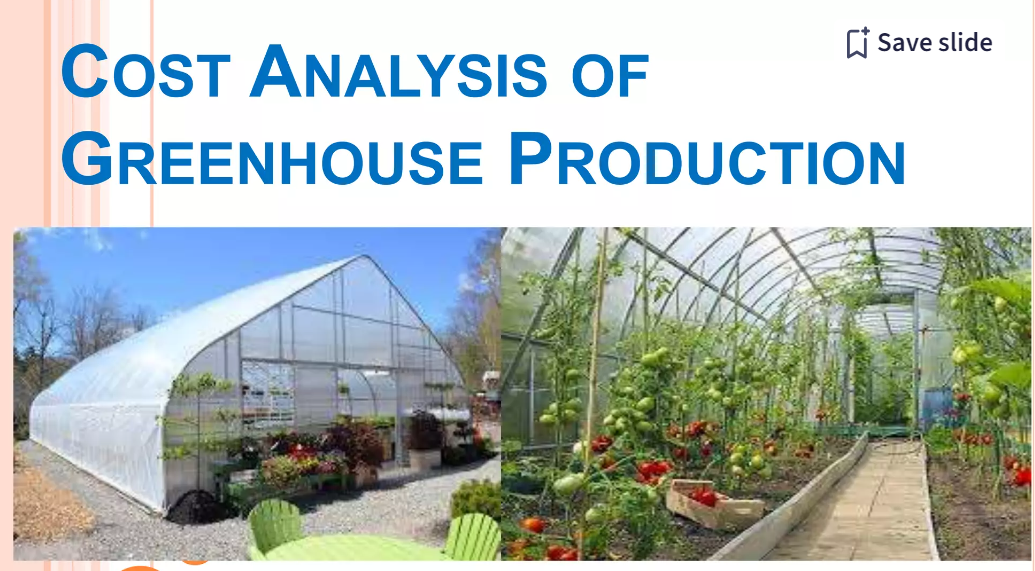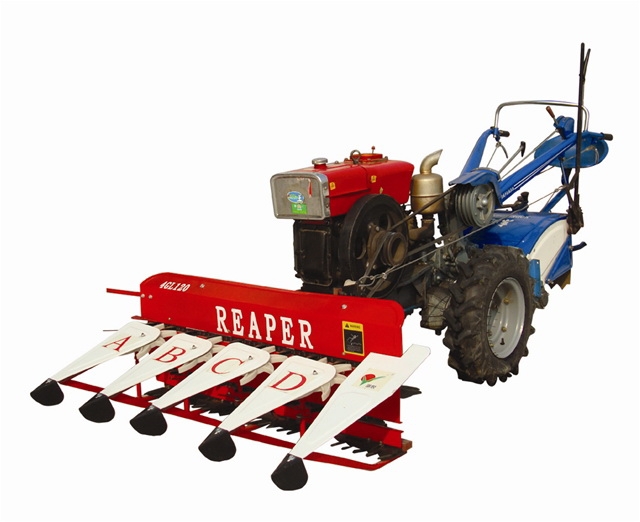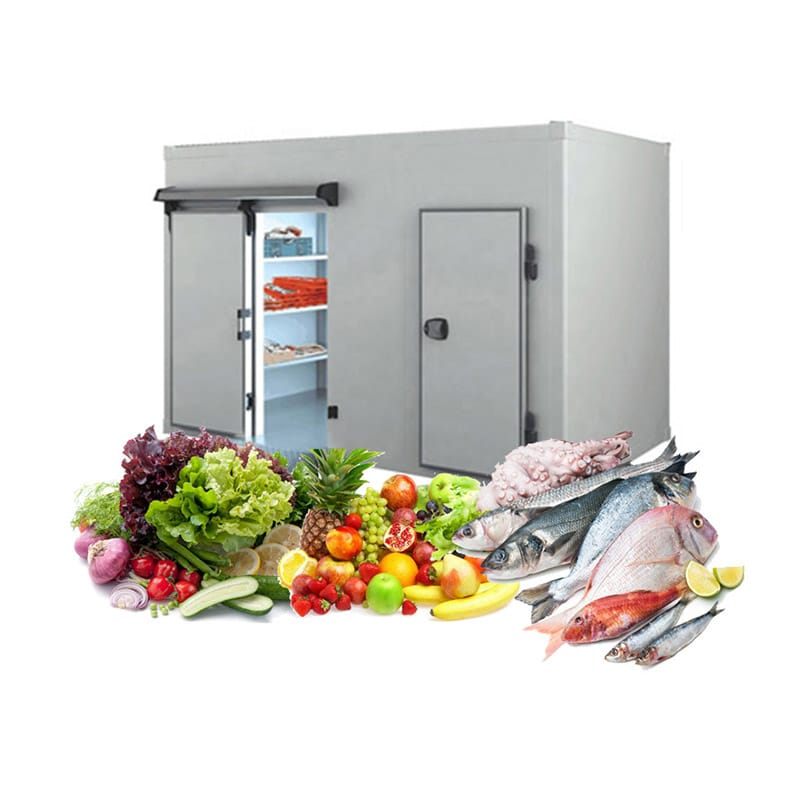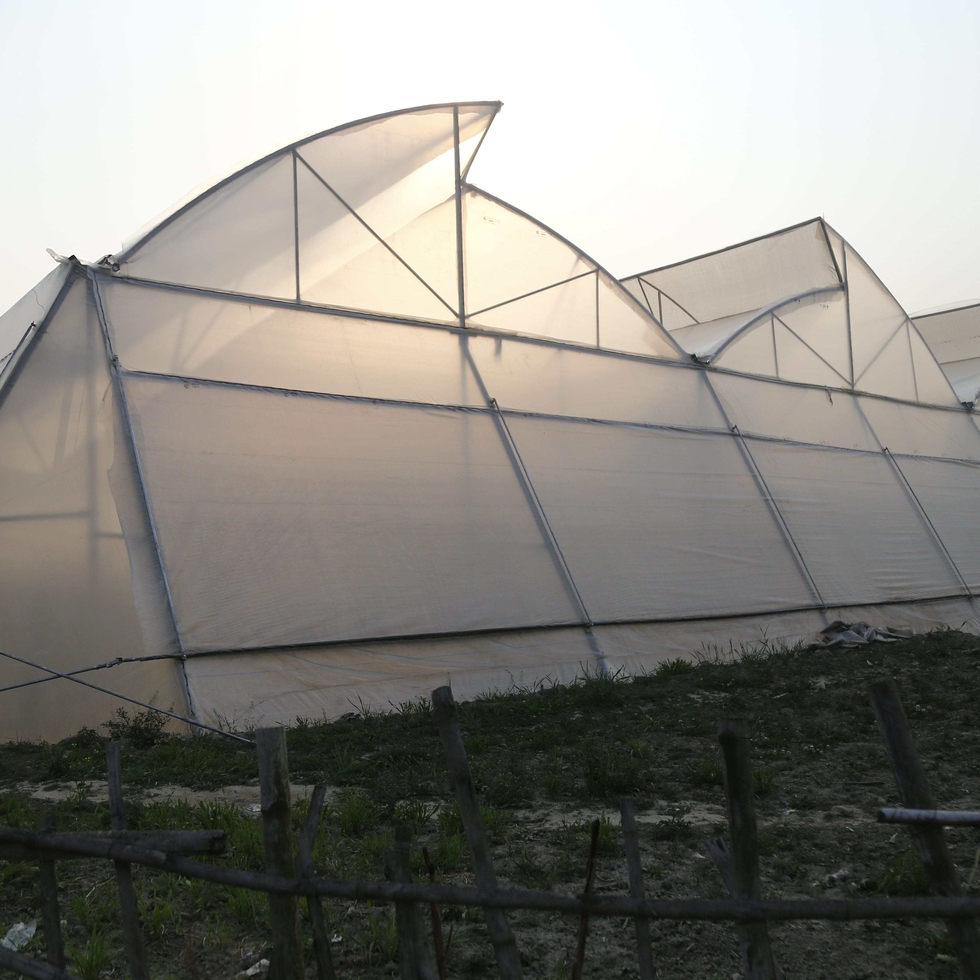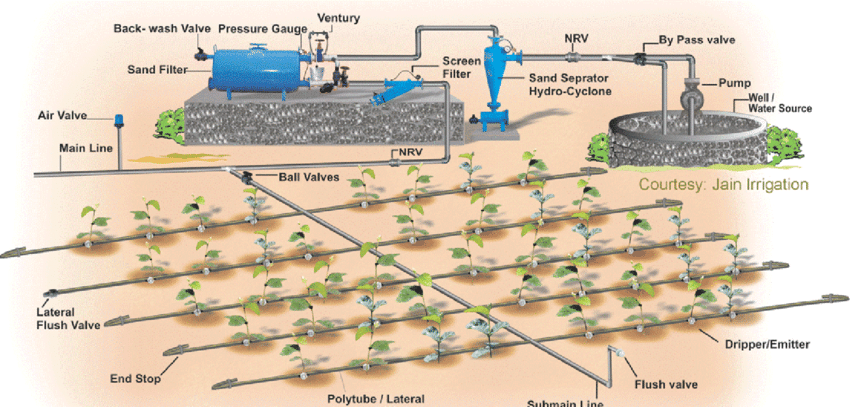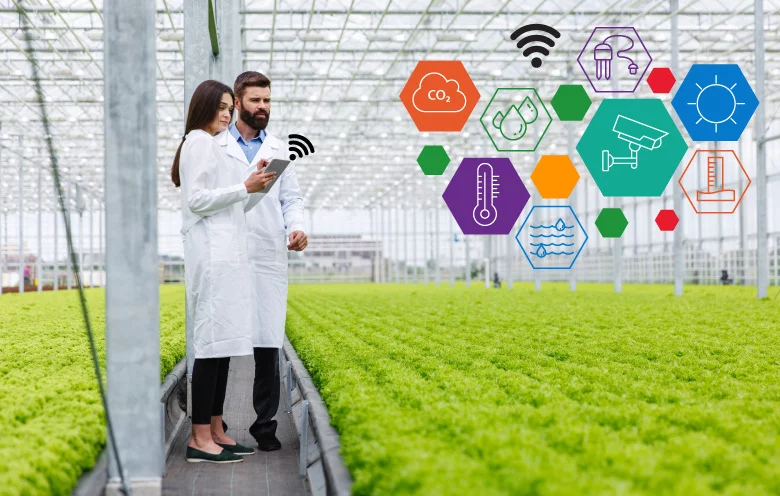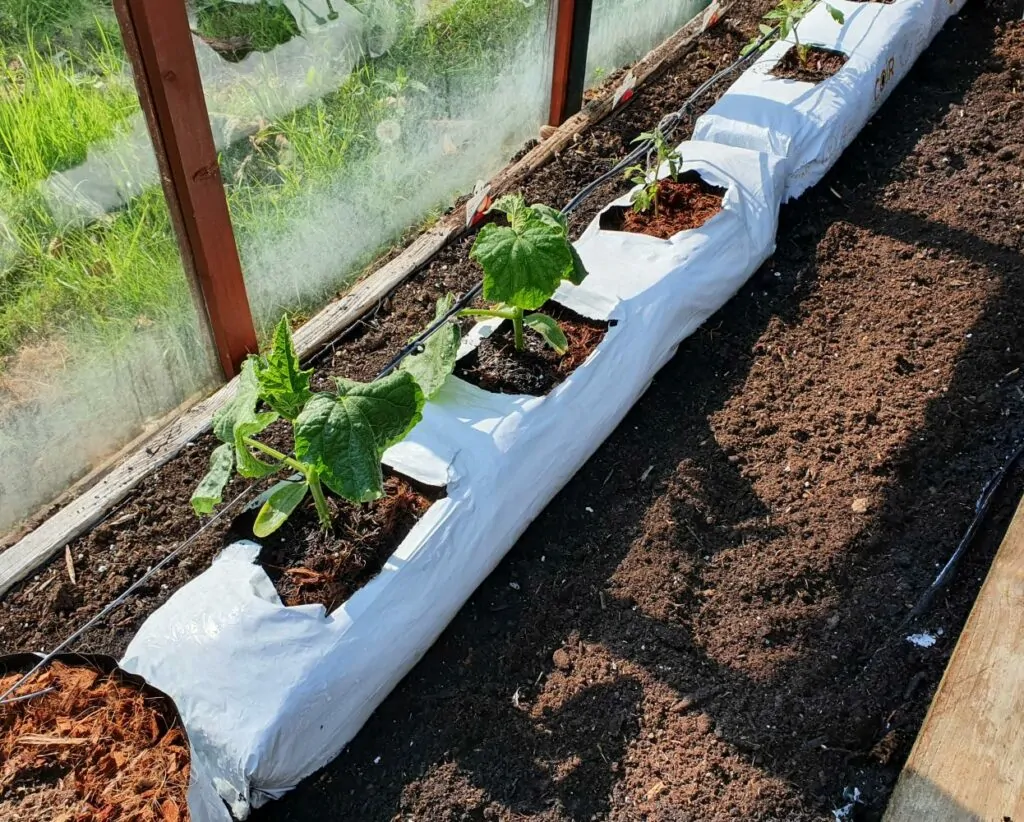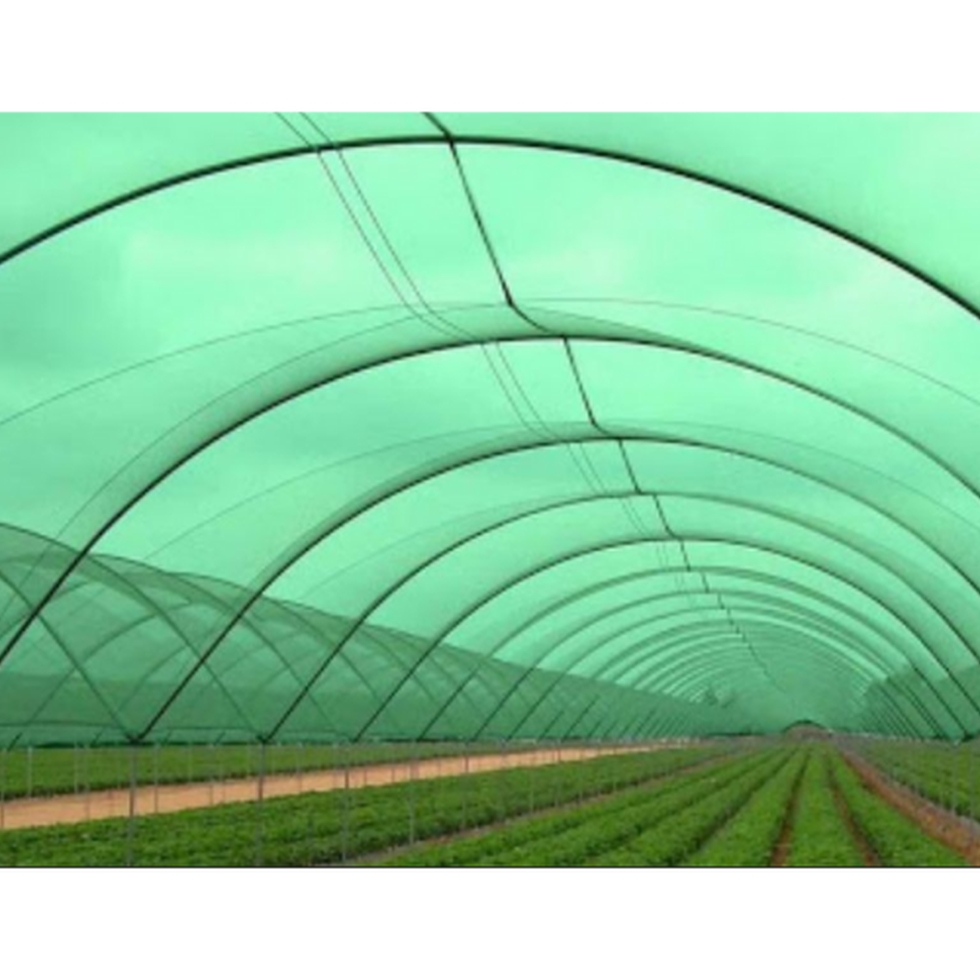The science of giving plants a favorable environment with the help pf a famed or inflated buildings covered with transparent or translucent material is known as "greenhouse technology." Greenhouse, sometimes known as a glasshouse, is a structure created to safeguard delicate or out-of-season plants from extreme cold or heat. Additionally, it shields plants from harmful weather elements like wind, precipitation, excessive radiation, insects, and illnesses. Around the plants, a perfect microclimate can be produced with greenhouses.
The modern greenhouse is typically a framed glass or plastic enclosure used to grow fruits, vegetables, flowers, and any other plants that need specialized temperature conditions. Growing plants and vegetables in a greenhouse ecosystem is known as greenhouse farming. By isolating plants in micro-ecosystems with the optimal circumstances for plants to grow healthy, robust, and attractive, greenhouse cultivation has helped farmers to boost their productivity while improving the quality of their output.
Functions of greenhouse:
There are various functions of greenhouse, which are as follows:
- The yield can be 10-12 times higher than non-greenhouse farming,
- Ideally suited for vegetables and flower production,
- Off-season production of vegetable crops,
- Efficient utilization of chemicals and pesticides,
- Modern techniques such as hydroponics, aeroponics and nutrient film techniques are possible only in greenhouse.
In order to successfully grow crops in a greenhouse, a large financial and managerial commitment is necessary. Profitability and cash flow are the two financial factors that any such business should take into account.
Cost-benefit analysis:
There are two types of cost components involved in greenhouse farming.
1.Fixed cost component: Land cost, Construction materials, Irrigation system
2. Recurring cost component: Plantation, Cultivation, Maintenance, Storage, Packing, Transport
Cost analysis can be done by computation of Net present worth, Internal rate of return and Benefit cost ratio. Various researchers have shown the results that benefit- cost ratio is greater than unit indicating profitability of investment in greenhouses.
The science of giving plants a favorable environment with the help pf a famed or inflated buildings covered with transparent or translucent material is known as "greenhouse technology." Greenhouse, sometimes known as a glasshouse, is a structure created to safeguard delicate or out-of-season plants from extreme cold or heat. Additionally, it shields plants from harmful weather elements like wind, precipitation, excessive radiation, insects, and illnesses. Around the plants, a perfect microclimate can be produced with greenhouses.
The modern greenhouse is typically a framed glass or plastic enclosure used to grow fruits, vegetables, flowers, and any other plants that need specialized temperature conditions. Growing plants and vegetables in a greenhouse ecosystem is known as greenhouse farming. By isolating plants in micro-ecosystems with the optimal circumstances for plants to grow healthy, robust, and attractive, greenhouse cultivation has helped farmers to boost their productivity while improving the quality of their output.

Functions of greenhouse:
There are various functions of greenhouse, which are as follows:
- The yield can be 10-12 times higher than non-greenhouse farming,
- Ideally suited for vegetables and flower production,
- Off-season production of vegetable crops,
- Efficient utilization of chemicals and pesticides,
- Modern techniques such as hydroponics, aeroponics and nutrient film techniques are possible only in greenhouse.
In order to successfully grow crops in a greenhouse, a large financial and managerial commitment is necessary. Profitability and cash flow are the two financial factors that any such business should take into account.
Cost-benefit analysis:
There are two types of cost components involved in greenhouse farming.
1.Fixed cost component: Land cost, Construction materials, Irrigation system
2. Recurring cost component: Plantation, Cultivation, Maintenance, Storage, Packing, Transport
Cost analysis can be done by computation of Net present worth, Internal rate of return and Benefit cost ratio. Various researchers have shown the results that benefit- cost ratio is greater than unit indicating profitability of investment in greenhouses.



